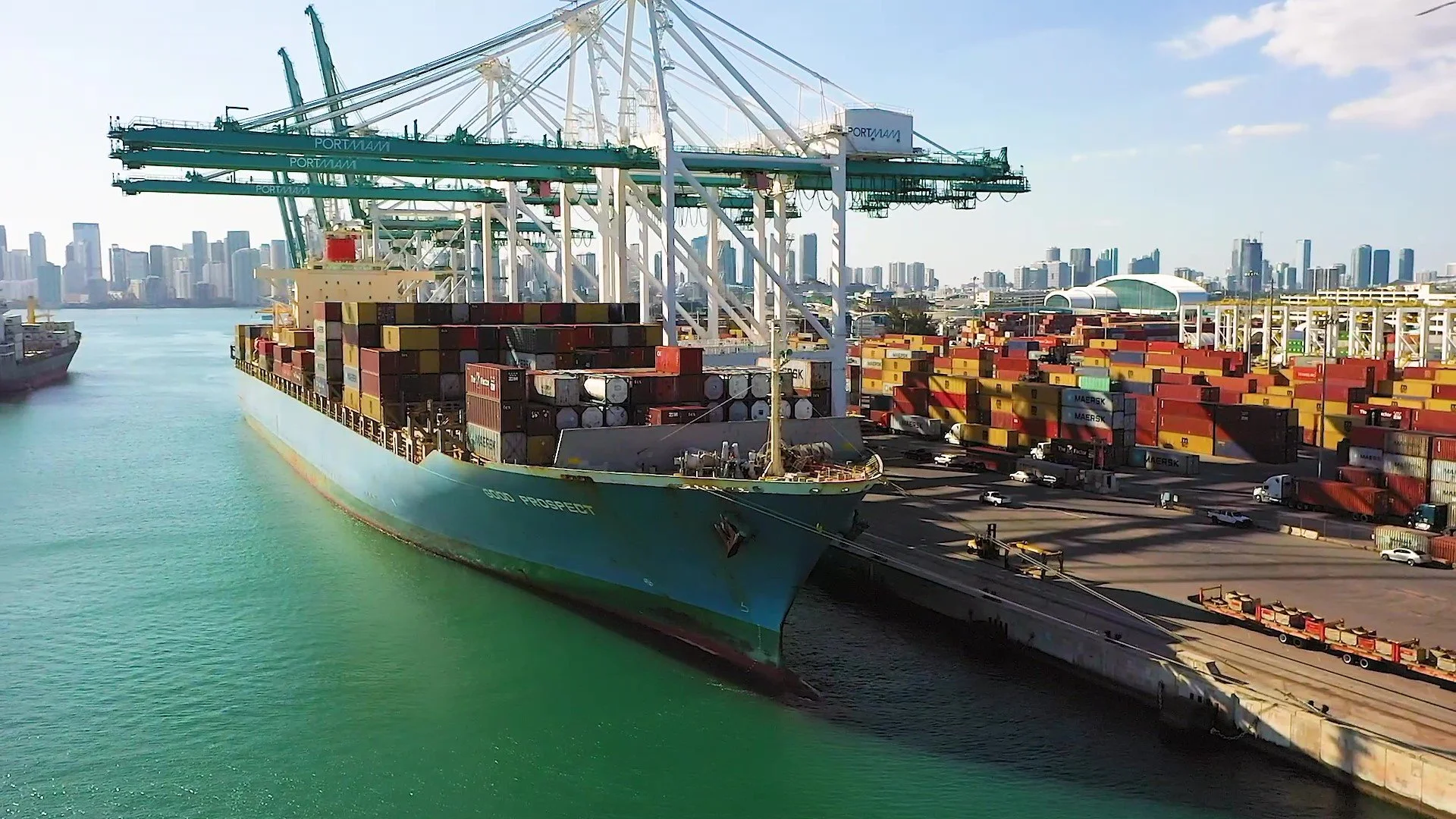Constructing Infrastructure for Innovation
Public sector innovation isn’t about moving fast and breaking things. It’s about moving intentionally—building the right conditions for calculated risk, continuous learning, and safe experimentation that serves the public good.
Rethinking Government’s Relationship to Risk
Government is built for stability, accountability, and public trust. These values often result in rigid systems, limited flexibility, and few safe spaces to validate new approaches. Even when public servants are eager to innovate, outdated processes can stifle progress.
Innovation in the public sector requires a mindset shift: risk isn't something to eliminate, it's something to manage wisely. That starts with building the infrastructure to test, learn, and adapt without compromising public services.

I hate the word proof of concept. So you create a proof of value, you trial it for a short period of time, but if you can't scale it to determine its full level of viability in the large scale ecosystem, then what are you truly drawing upon? What are you looking to truly deliver?
~Maurice Jenkins, Chief Innovation Officer, Miami International Airport
Pilots Are The Path to De-Risk Innovation
Most municipal departments don’t have a designated space to safely test new technologies. Pilots fill that gap—they allow agencies to experiment, learn, and validate solutions before committing to long-term investments. Innovation sandboxes are necessary to validate solutions without disrupting constituent services.
Pilots don’t just test technology—they de-risk adoption for departments and communities by validating what works without wasting time or taxpayer resources on unscalable solutions
MDIA Fast-Tracks 15 Pilots Across Miami-Dade in 18 months
In less than two years, MDIA has spearheaded 15 unique pilots in collaboration with major County departments—including Miami International Airport, PortMiami, the Division of Environmental Resource Management, Strategic Procurement, and the Department of Transportation.
MDIA’s Cargo Visibility Challenge marked the County’s first large-scale, multi-pilot sandbox—an environment co-designed with PortMiami and the Information Technology Department to safely test port-wide smart logistics solutions.
Infrastructure Beyond Bricks and Mortar
As we facilitate innovation pilots, we uncover a deeper truth: innovation isn’t blocked by lack of tools—it’s constrained by outdated policies, siloed operations, and limited cross-agency coordination.
To address this, MDIA helps build infrastructure pushes the boundaries for how governments and regulators think about the balance between innovation and risk, and helps entities create the appropriate space to innovate without putting services and constituents at risk. This durable foundation for continuous innovation includes cross functional pilot demonstration processes and policies to stand up innovation sandboxes.
These are strategies are an example of how cities can enhance their innovation infrastructure:

We need to better equip our awesome, awesome, awesome government employees with the ability to take risks, to take really calculated risks, but where they're not going to be punished for taking those risks and where we as a public will reward them for learning from those risks. As long as those risks are smart risks.
~ Francesca de Quesada Covey, former Chief Innovation and Economic Development Officer
Innovation Sandbox
What it is:
A low-risk, real-world testing environment that allows departments to try new technologies without disrupting essential operations or public services.
Why it matters:
Most departments lack the safe space to test, fail, and learn. While a pilot might validate a solution’s scalability, a sandbox allows for more frequent, small-scale experimentation that produces critical operational insights before full scale deployment.
Practice Tip
Regulatory sandboxes are already proven tools across sectors and geographies—from sustainable electricity (Germany, Canada, and Singapore) and smart EV charging (E.U.) to fintech (Singapore). Public agencies can adapt similar frameworks to municipal innovation.
Innovation Policies and Governance Frameworks
What it is:
A formal policy structure that defines how innovation is approached, evaluated, and ethically deployed—anchored in community values and operational goals.
Why it matters:
Without shared definitions and guardrails, innovation can stall—or worse, create public mistrust. Strong formal policies align internal stakeholders and ensure innovation efforts are transparent, fair, accountable and satisfy privacy concerns.
Practice Tip
Develop guidelines that assess the readiness and risks of advanced tech like AI and machine learning, set boundaries for testing, and establish benchmarks for scale and service integration.






